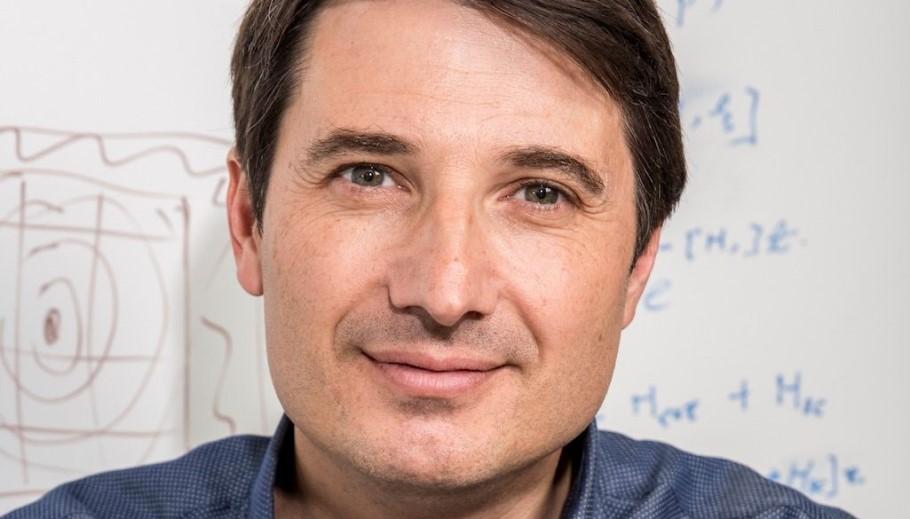Jean-Luc Vay

Jean-Luc
Vay
Senior Scientist, Head of the Accelerator Modeling Program at Lawrence Berkeley National Laboratory
Dr. Jean-Luc Vay is a Senior Scientist at Lawrence Berkeley National Laboratory and Head of the Accelerator Modeling Program (AMP) in the Accelerator Technology and Applied Physics Division. His group provides leadership in the development and use of advanced algorithms and high-performance computing simulation codes, in application to particle beam and accelerator physics, plasmas, laser-plasma interaction, fusion, and more. His team founded and manages the Beam, pLasma & Accelerator Simulation Toolkit (BLAST), which forms the backbone of a coherent community ecosystem with a set of advanced software (including the 2022 ACM Gordon Bell prize winning code WarpX) developed and maintained by an international community. He earned his BA in Physics from the University of Poitiers, France and his PhD in Physics from the University of Paris, France. He is the recipient of the 2022 ACM Gordon Bell prize, the 2014 NERSC Award for Innovative Use of High-Performance Computing and the 2013 US Particle Accelerator School Prize for Achievement in Accelerator Physics & Technology. He also leads the US DOE SciDAC projects on the Collaboration of Advanced Modeling of Particle Accelerators (CAMPA) and on Kinetic IFE Simulations at Multiscale with Exascale Technologies (KISMET).
LaserNetUS Affiliations:
- Committee member of SimNetUS
Featured Publications:
1. Pushing the Frontier in the Design of Laser-Based Electron Accelerators with Groundbreaking Mesh-Refined Particle-In-Cell Simulations on Exascale-Class Supercomputers
L. Fedeli, et al., SC22: International Conference for High Performance Computing, Networking, Storage and Analysis (SC), Dallas, TX, US, 25-36 (2022) https://doi.org/10.1109/SC41404.2022.00008
2. Porting WarpX to GPU-accelerated platforms
A. T. Myers, et al., Parallel Computing 108, 102833 (2021) https://doi.org/10.1016/j.parco.2021.102833
3. Probing strong-field QED with Doppler-boosted petawatt-class lasers
L. Fedeli, et al., Phys. Rev. Lett. 127, 114801 (2021) https://doi.org/10.1038/nature13008
4. Modeling of a chain of three plasma accelerator stages with the WarpX electromagnetic PIC code on GPUs
J.-L. Vay, et al., Phys. Plasmas 28, 023105 (2021) Special Collection: Building the Bridge to Exascale Computing: Applications and Opportunities for Plasma Science https://doi.org/10.1063/5.0028512
5. Noninvariance of space- and time-scale ranges under a Lorentz transformation and the implications for the study of relativistic interactions
J.-L. Vay, Phys. Rev. Lett. 98, 130405 (2007) https://doi.org/10.1103/PhysRevLett.98.130405
LaserNetUS Affiliations
- Simulations Committee